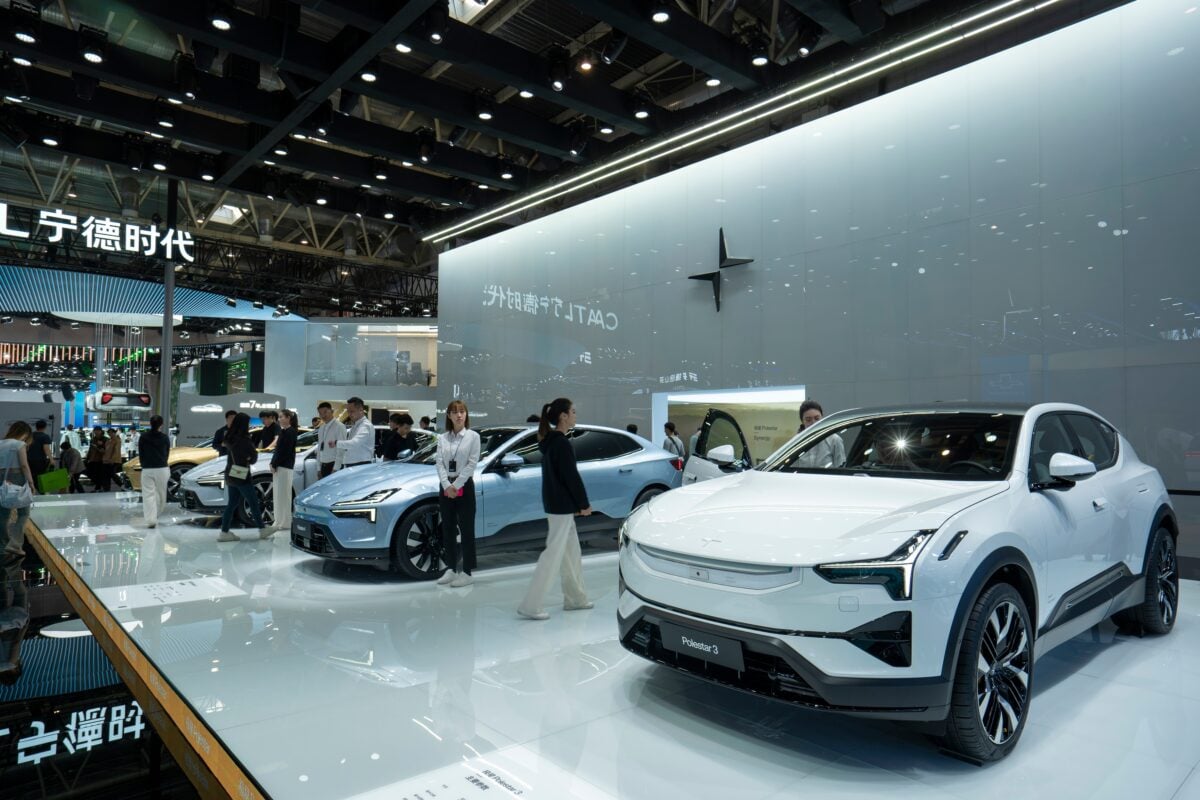TLDR;
Contents
- China’s regulators have launched a coordinated effort to enforce strict EV safety rules as adoption surges past one million monthly sales.
- New battery standards aim to eliminate fire risks, raising compliance costs and potentially forcing smaller players out of the market.
- The regulatory approach now emphasizes long-term responsibility over short-term growth, targeting misleading ads and risky competition tactics.
- Authorities are shifting from micromanaging tech choices to setting frameworks that encourage innovation under strong safety oversight.
China has signaled a decisive shift in how it governs its booming electric vehicle (EV) industry, tightening safety regulations amid surging sales and growing global influence.
On Thursday, the country’s top industrial and safety watchdogs convened a high-level meeting to outline a safety-first roadmap for the sector in 2025. The joint session, organized by the Ministry of Industry and Information Technology (MIIT), the State Administration for Market Regulation, and the Fire and Rescue Department, emphasized the urgent need for manufacturers to assume full responsibility for the safety of their vehicles and batteries.
This renewed regulatory push comes as China hits a historic milestone, with monthly EV sales surpassing one million units for the first time. Fueled by domestic champions like BYD and boosted by aggressive exports to emerging markets such as Southeast Asia and Mexico, China’s electrification campaign is accelerating at a pace unmatched globally. But regulators are now making it clear: growth must not come at the expense of public safety.
Regulators Call for Full Lifecycle Responsibility
Authorities are pressing manufacturers to monitor and manage risks across the entire vehicle lifecycle. From design to production and after-sales, companies must ensure rigorous quality and safety controls. Regulators are also clamping down on misleading advertisements, warning automakers not to exaggerate safety claims in a bid to win over consumers. Officials cautioned against short-termism in the industry, criticizing what they called “destructive competition” and calling for a more sustainable, long-term vision.
The government’s tone reflects growing concerns that the rapid scaling of the EV sector could outpace the development of safety systems and infrastructure. The recent move is part of a broader national strategy to secure China’s dominance in the global new energy vehicle (NEV) market while preserving public trust.
New Battery Standards to Reshape Industry
Among the most impactful changes is the upcoming implementation of new battery safety standards, set to take effect by July 2026. These rules will require batteries to demonstrate zero fire or explosion risks even under extreme conditions. Experts estimate that compliance costs may rise by up to 20 percent due to the need for upgraded materials and enhanced battery management systems. In practice, this could squeeze out smaller players unable to meet the rigorous new benchmarks, leading to a significant consolidation in the sector.
While these changes are ostensibly about safety, analysts argue they also serve a dual purpose: pushing the Chinese EV ecosystem toward high-performance, export-ready innovation while filtering out low-end competition.
A Shift in Strategy, Not Control
Notably, China’s approach is evolving. Rather than dictating specific technologies, authorities are now focusing on setting broad regulatory frameworks, giving automakers greater autonomy in how they meet safety and performance goals. This model mirrors successful strategies in road safety seen in Northern Europe, where systemic regulation supports innovation without stifling it.
The result is a more mature regulatory environment that aligns with international best practices, while still reinforcing China’s industrial ambitions. As the world’s largest EV market, China’s rules are increasingly setting the tone for global safety expectations.
Notably, China’s efforts come at a time when regional policy gaps are becoming more apparent. While Europe has leaned into emissions-based incentives and North America battles tariffs and subsidy fatigue, China’s regulatory clarity and infrastructure commitments have propelled its market ahead. Yet even in this context, the government recognizes that unchecked growth could threaten both consumer confidence and its long-term industrial goals.


